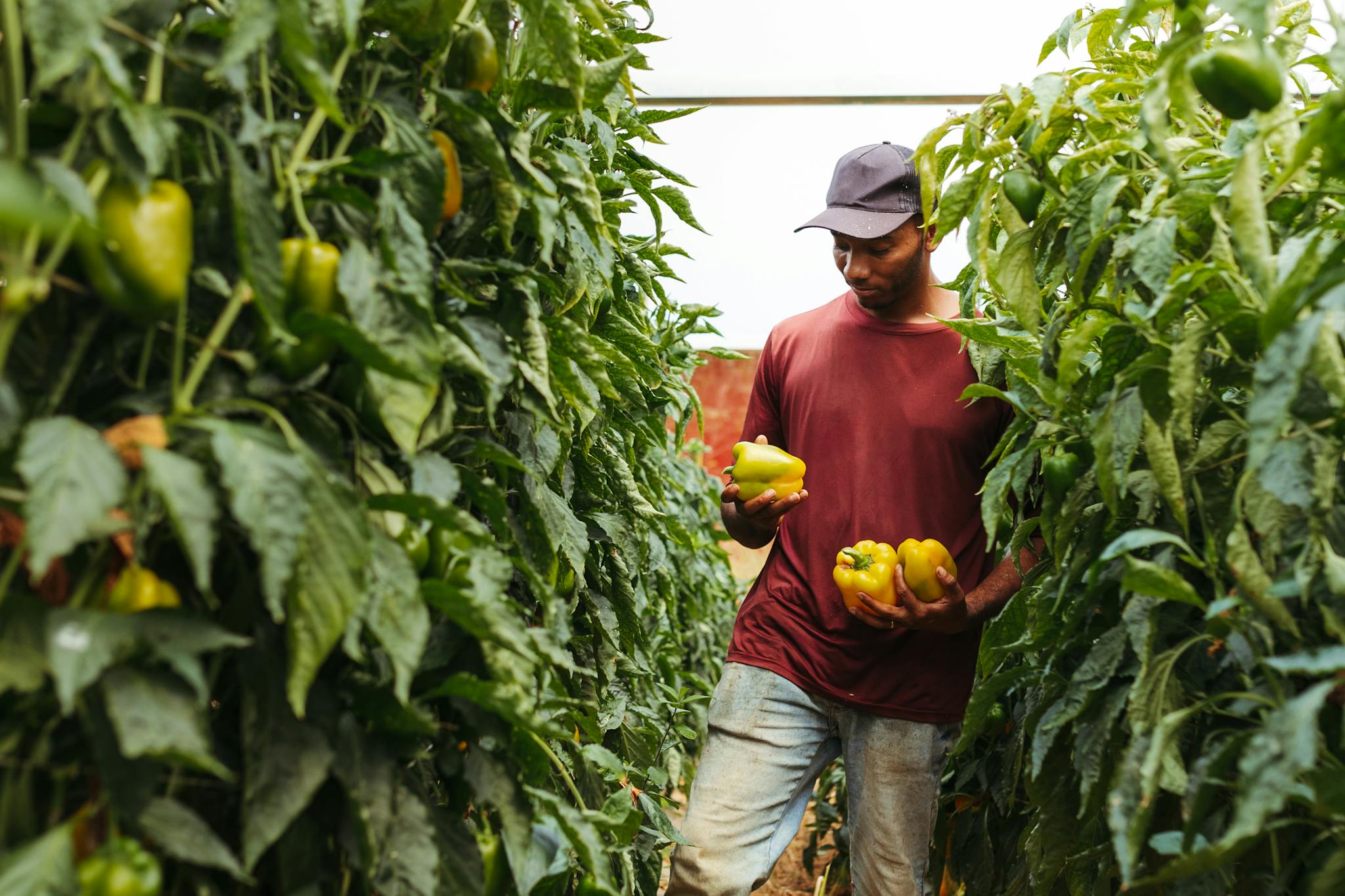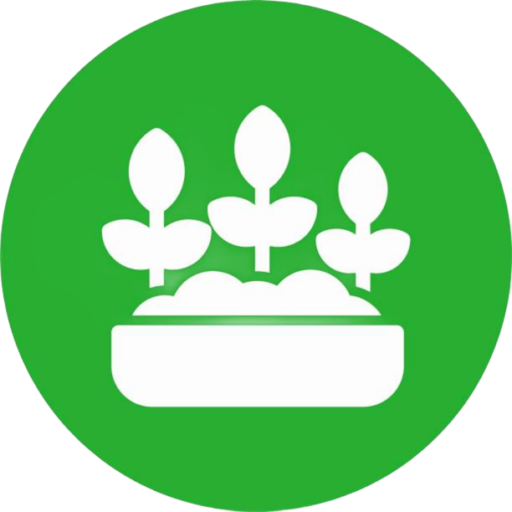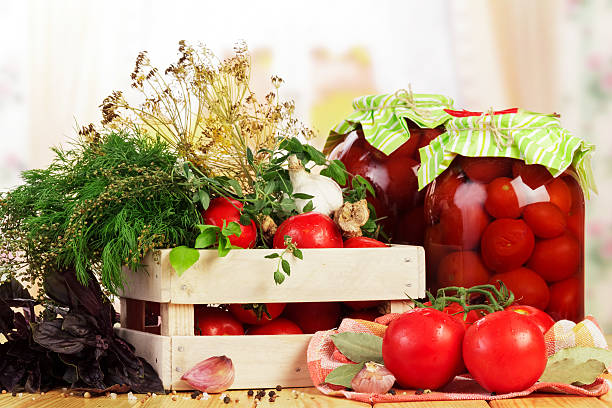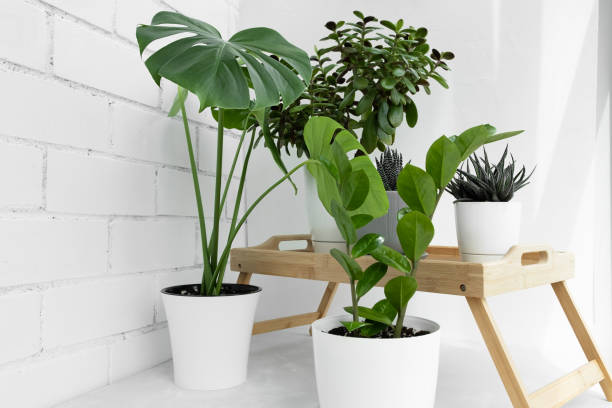From Seed to Harvest: A Beginner’s Guide to Vegetable Gardening
There’s nothing more satisfying than walking into your garden, picking a tomato warm from the sun, and tasting the fruits of your own labor. Vegetable gardening is more than a hobby—it’s a connection to nature, a path to self-reliance, and a way to eat fresh and flavorful food. This beginner’s guide will walk you through the essential steps to grow your first vegetables with success and joy.

Step 1: Plan Your Garden Wisely
Before you start digging, take some time to plan. Where is the sunniest spot in your yard or balcony? How much space do you have? Choose a few beginner-friendly vegetables like radishes, lettuce, cherry tomatoes, and bush beans. They grow quickly and don’t require much maintenance. Sketch a simple layout so you know where each plant will go.
Step 2: Prepare the Soil
Good soil is the foundation of a healthy garden. If you’re growing in the ground, loosen the soil with a fork and mix in compost to enrich it. For containers or raised beds, use a high-quality potting mix. Aim for a balance between drainage and moisture retention. The better the soil, the less you’ll struggle later.
Step 3: Choose and Plant Seeds or Seedlings
Some vegetables, like carrots and beets, grow best from seeds sown directly in the soil. Others, like tomatoes and peppers, are easier to start from nursery-grown seedlings. Follow the instructions on the seed packets for spacing and depth. Label your rows, water gently, and keep the soil moist while your plants sprout.
Step 4: Nurture Your Garden
Now the magic begins! Water regularly, especially during dry spells. Morning watering is best—it hydrates your plants before the heat of the day. Watch for weeds, which can steal nutrients and light. A layer of mulch helps suppress weeds and retain soil moisture. Use natural fertilizers every few weeks for a nutrient boost.
Step 5: Monitor and Maintain
Keep an eye on your plants. Are the leaves drooping? Are there signs of pests? Act early—often hand-picking bugs or spraying with water is enough. Prune overcrowded branches and support tall plants like tomatoes with stakes. Healthy plants are resilient plants.
Step 6: Enjoy the Harvest
When your vegetables are ripe, don’t wait too long—harvest them while they’re fresh and tender. Picking vegetables regularly encourages the plant to keep producing. There’s real joy in a basket full of greens, beans, and colorful tomatoes you’ve grown with your own hands.
Starting a vegetable garden might seem overwhelming, but it’s one of the most rewarding things you can do. With patience, care, and a bit of dirt under your nails, you’ll soon enjoy meals that truly come from home. Gardening connects you to the seasons, the soil, and a simpler, healthier lifestyle.





